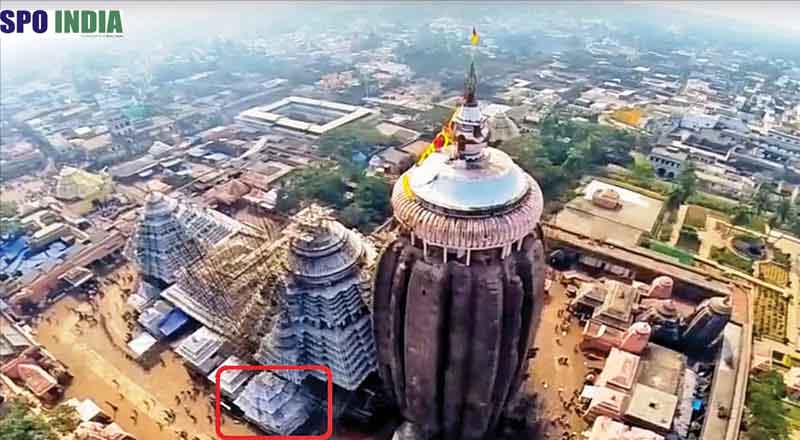- Bhubaneswar marks its 76th Foundation Day today.
- Tracing its lineage back over 3,000 years, Bhubaneswar’s origins can be traced to the ancient Mahamegha-Bahana Chedi dynasty, with Sisupalgarh serving as its venerable capital.
- Once adorned with nearly 700 temples, Bhubaneswar remains a veritable treasure trove of ancient architecture.
- Bhubaneswar wears many hats, each emblematic of its diverse cultural heritage
- In Bhubaneswar Emperor Ashoka, moved by the horrors of war, underwent a profound transformation, embracing the principles of Buddhism and advocating for peace.
- With each passing year, Bhubaneswar continues to evolve, yet its essence remains unchanged.
Bhubaneswar, the vibrant capital of Odisha, stands on the cusp of celebration as it marks its 76th Foundation Day today. This auspicious occasion, commemorating April 13, 1948, when the visionary Pandit Jawaharlal Nehru laid the city’s foundation stone, offers an opportune moment to delve into the rich tapestry of Bhubaneswar’s history and culture. Let us embark on a captivating journey through the annals of time to uncover the hidden gems and lesser-known anecdotes that adorn the crown jewel of Odisha.
At the heart of Bhubaneswar’s inception lies the indomitable spirit of Jawaharlal Nehru, whose foresight and determination laid the groundwork for this bustling metropolis. It was under his patronage that the city’s master plan, conceived by the acclaimed German architect Otto Königsberger in 1948, took shape, setting the stage for Bhubaneswar to emerge as one of India’s foremost planned cities.
Tracing its lineage back over 3,000 years, Bhubaneswar’s origins can be traced to the ancient Mahamegha-Bahana Chedi dynasty, with Sisupalgarh serving as its venerable capital. The name “Bhubaneswar” itself, derived from “Tribhubaneswar,” pays homage to the divine Lord Shiva, the guardian of the three worlds, encapsulating the city’s deep-rooted spiritual ethos.
Bhubaneswar wears many hats, each emblematic of its diverse cultural heritage. From Toshali to Kalinga Nagari, Ekamra Kanan to Mandira Malini Nagari, the city’s epithets echo the myriad influences that have shaped its identity over the centuries. Once adorned with nearly 700 temples, Bhubaneswar remains a veritable treasure trove of ancient architecture, where time-honored edifices stand as silent witnesses to its opulent past.
The pivotal Kalinga War, a watershed moment in ancient Indian history, unfolded near Dhauli, just a stone’s throw away from Bhubaneswar. It was here that Emperor Ashoka, moved by the horrors of war, underwent a profound transformation, embracing the principles of Buddhism and advocating for peace. Today, Dhauli stands as a testament to his repentance, with Asoka’s iconic Shanti Stupa offering a beacon of hope and reconciliation to all who visit its hallowed precincts.
As Bhubaneswar basks in the glow of celebration, with landmarks like Lok Seva Bhawan and the State Assembly illuminated in resplendent hues, the city comes alive with the joyous cadence of festivity. From the spirited civilian parade led by college students to the cultural extravaganza that ensues, Bhubaneswar’s Foundation Day celebrations capture the essence of its vibrant spirit, serving as a poignant reminder of its rich cultural legacy and indomitable resilience.
As we stand on the threshold of a new chapter in Bhubaneswar’s storied history, let us pause to reflect on the journey that has brought us to this moment. With each passing year, Bhubaneswar continues to evolve, yet its essence remains unchanged – a timeless tapestry of tradition, culture, and heritage that serves as a beacon of inspiration to all who call it home.
(With inputs from agencies)





